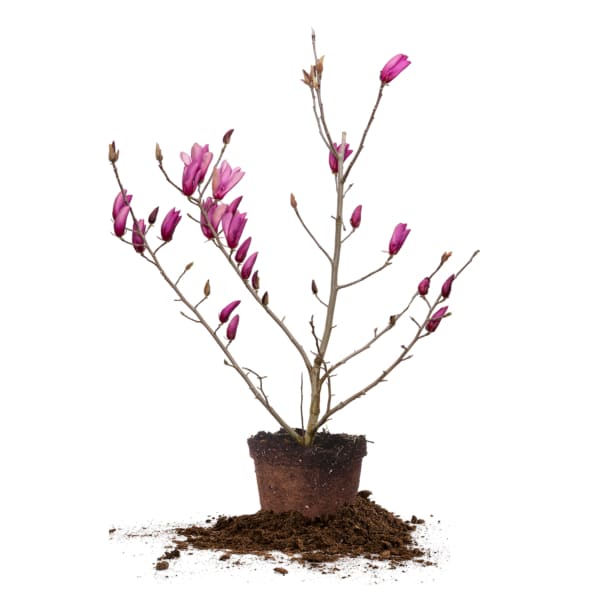Best Plants for Bees
Flowers must be pollinated if they are to produce fruits and seeds. (See Perfect Plants’ blog: Sex, Flowers, Pollinators, and Pollinizers.) This blog will tell you the best plants for bees that are perennials, annuals or trees to encourage pollination.
Most Popular Flowering Trees for Bees




80% of all flowering plants depend upon animals such as butterflies, birds, bats, or bees, to cross pollinate their nectar rich flowers. Honey bees are arguably the most significant animal pollinator populations. Bees gather nectar and pollen from flowers, and in the process, they inadvertently move pollen from one flower to another which is absolutely required for the plant to set fruit.
Bees, including European honeybees and our native American bees, are the major pollinators for many crops that we humans depend upon. Many of our food crops brought from the Old World, including almonds, apples, cherries, and citrus fruits, will not set fruit unless pollinated by bees, and honeybees are their primary pollinators.
Native American bees, such as bumblebees, mason bees, and orchard bees, pollinate important New World crops, including squashes, melons, cucumbers, blueberries, sunflowers, tomatoes, peppers, and alfalfa for livestock feed.
Unfortunately, European honeybee and native American bee populations have been declining in recent years. You can do your part to help bee numbers by planting flowers or backyard garden plants that attract bees. Plants that bees like are not far and few between and you have plenty of options to encourage those honey bees into your landscape.
First, A few simple guidelines:
- It goes without saying that you should never use insecticides, herbicides, or other pesticides near your bee garden. Even the so-called “organic” insecticides are toxic to bees.
- Blue or purple flowers tend to be bee’s favorites. Bees see best in the purple spectrum. Bees love bright yellow flowers too. Bonus points if it is an edible flower for your consumption too!
- Single flowers are better than double flowers. Singles produce more nectar than doubles which are often ignored by foraging bees.
- Many of the modern hybrid flowers were created for looks alone and do not produce much pollen or nectar. Avoid these in your bee garden.
- Deadhead spent flower blossoms to prolong the blooming period.
- Choose a variety of flowers that bloom in different growing seasons of the year so there will always be something blooming for the bees. Many of the flowers listed below are of the early spring flowering season or early summer blooming season but some will bloom during multiple times of the year including early fall.
- Honeybees have short tongues and cannot get nectar from long tubular flower spikes. However, many of our native bees (such as bumblebees) are adapted to feed from tubular shaped flowers. Don’t overlook the needs of our natives!
- Consider reducing the extent of your grassy lawn and replacing some of it with bee friendly flowers or ground covers that are pollinator friendly.
- Native plants to North America are a highly attractive source of both pollen and nectar to bees of all kinds.
- These bee friendly plants will help bring honey bees (as well as butterflies and hummingbirds) into your yard to encourage pollination and protect bee populations.
Here are some of the best plants for honey bees:
Flowering Trees
- Magnolias
- Cherry
- Redbud
- Crabapple
- Citrus trees
- Tulip tree (yellow poplar)
Flowering Perennials
- Lavender
- Butterfly bush
- Black-eyed Susan
- Basil
- Blazing star
- Blanket flower
- Lupine
- Pentas
- Salvia
- Thyme
- Bee balm
Annuals
- Zinnia
- Cosmos
- Sunflowers
- Lantana
- Petunia
- Daisies
Plant these ~ save the bees! These are all great choices for your bee gardens. Most of these plants good for bees are very easy to grow and can grow in full sun to partial shade throughout the United States USDA zones. Providing these flowers or bee loving plants will supply bees with the best food and habitat needed for survival. Plant a bee friendly garden today to get those bees into your yard!
See also our Best Garden Bushes and Best Bushes for Wildlife blogs for more bumble bee enhancing pollinator garden ideas.






















